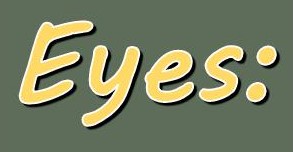
Looking for something else?
Try one of these!
Bass Bully Fly Step-by-Step:
Today’s pattern is admittedly one I did not know the name of when I first received it. It was one of those patterns you pick up at a fly shop or are handed by a friend, but never think much about until you tie it on. Once you do, however, and see how well it performs, you have to know the name.
Such was the case with the buggy, black fly that I eventually learned to call the Bass Bully. The creation of Terry Wilson, this mass of rubber legs and flowing zonker strip tail has similar appeal to the soft plastic “creature” baits favored by many spin anglers. And just like those soft plastics, it has proven difficult for largemouth to resist. Just hop it along the bottom with a series of short strips and hold on…
Disclosure: This post contains affiliate links. A small commission may be paid for purchases made through these links.
Bass Bully Fly Step-by-Step Tying Instructions:
(Mobile Viewers: Click images to enlarge)
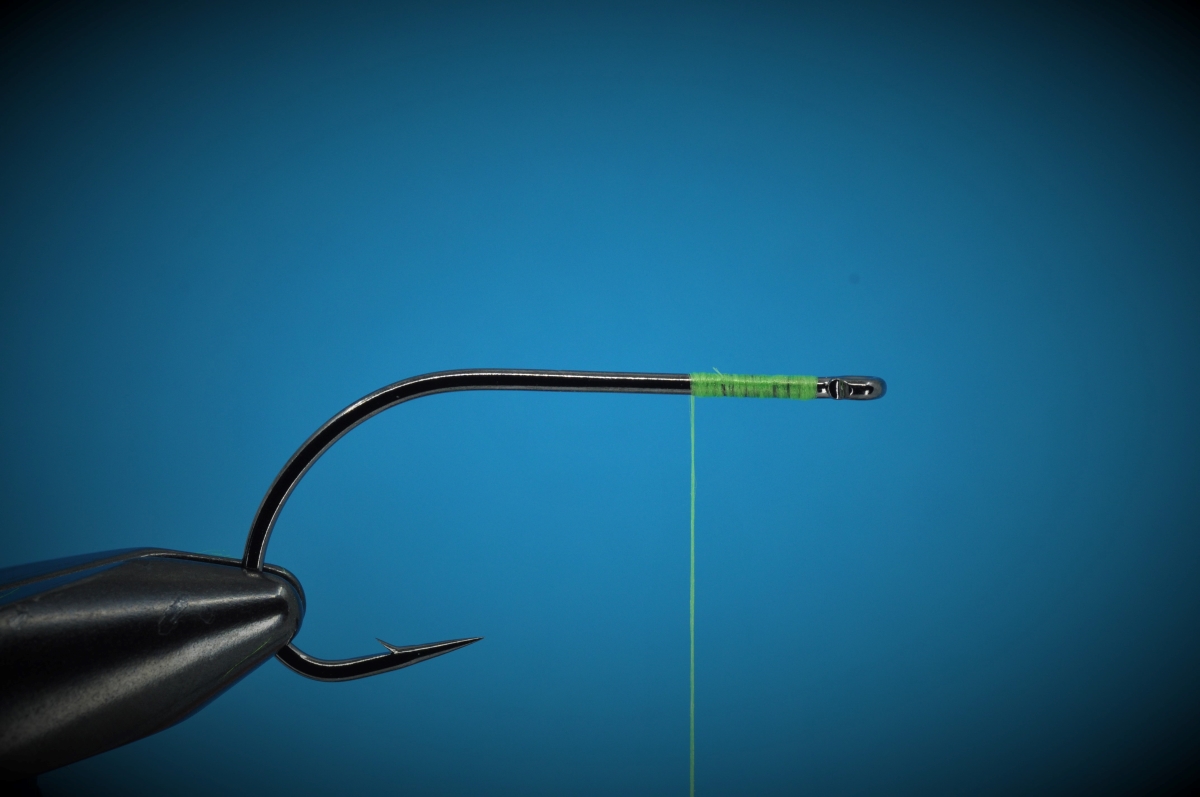


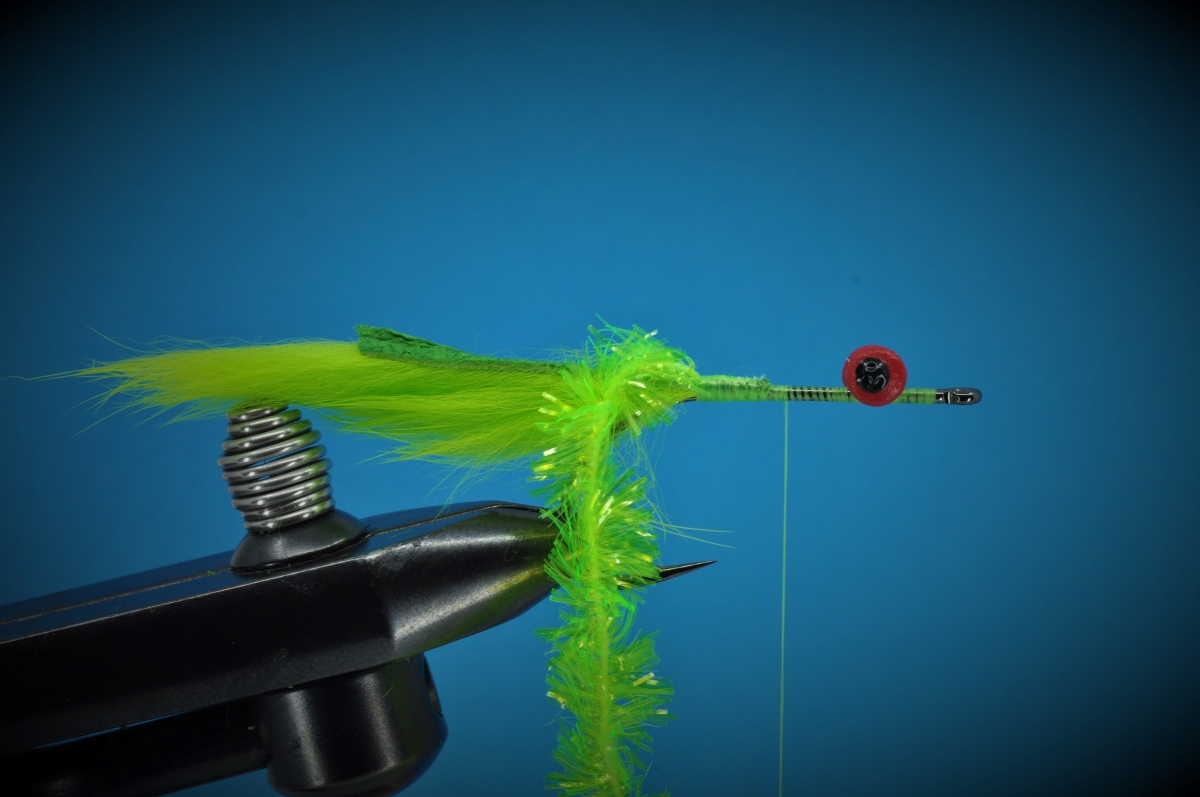
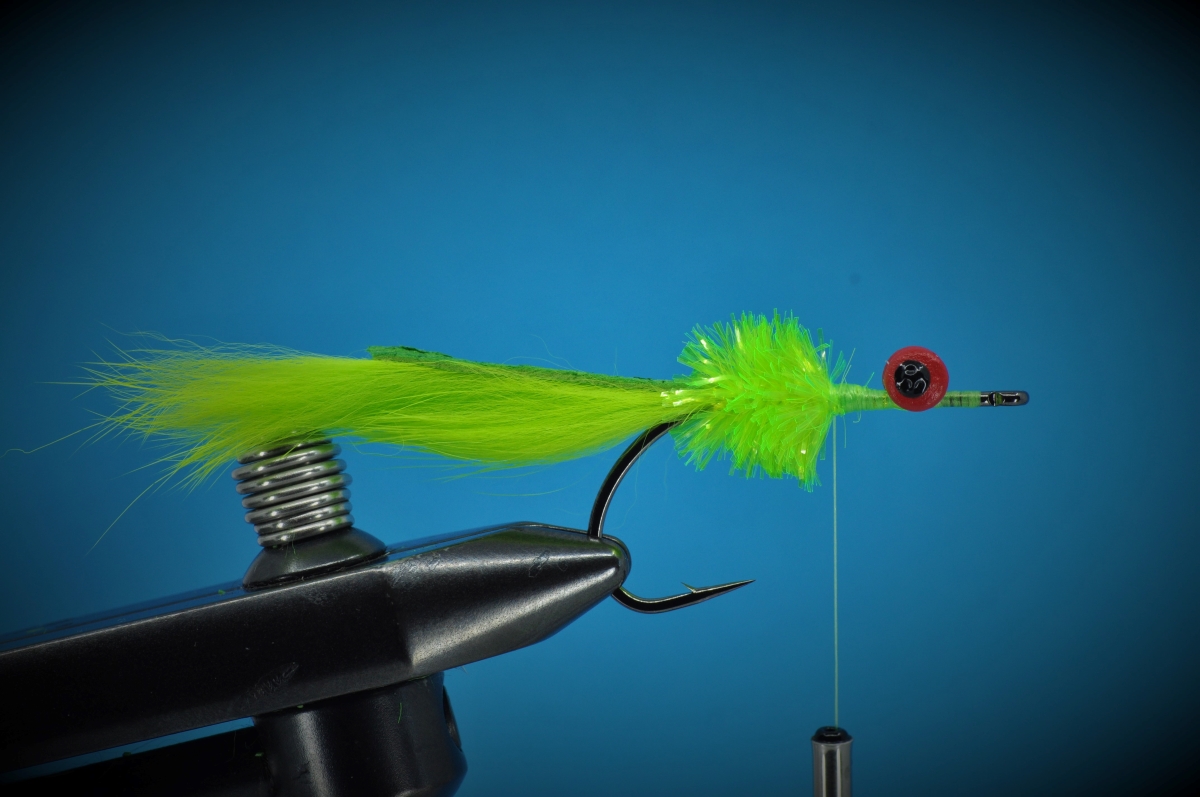




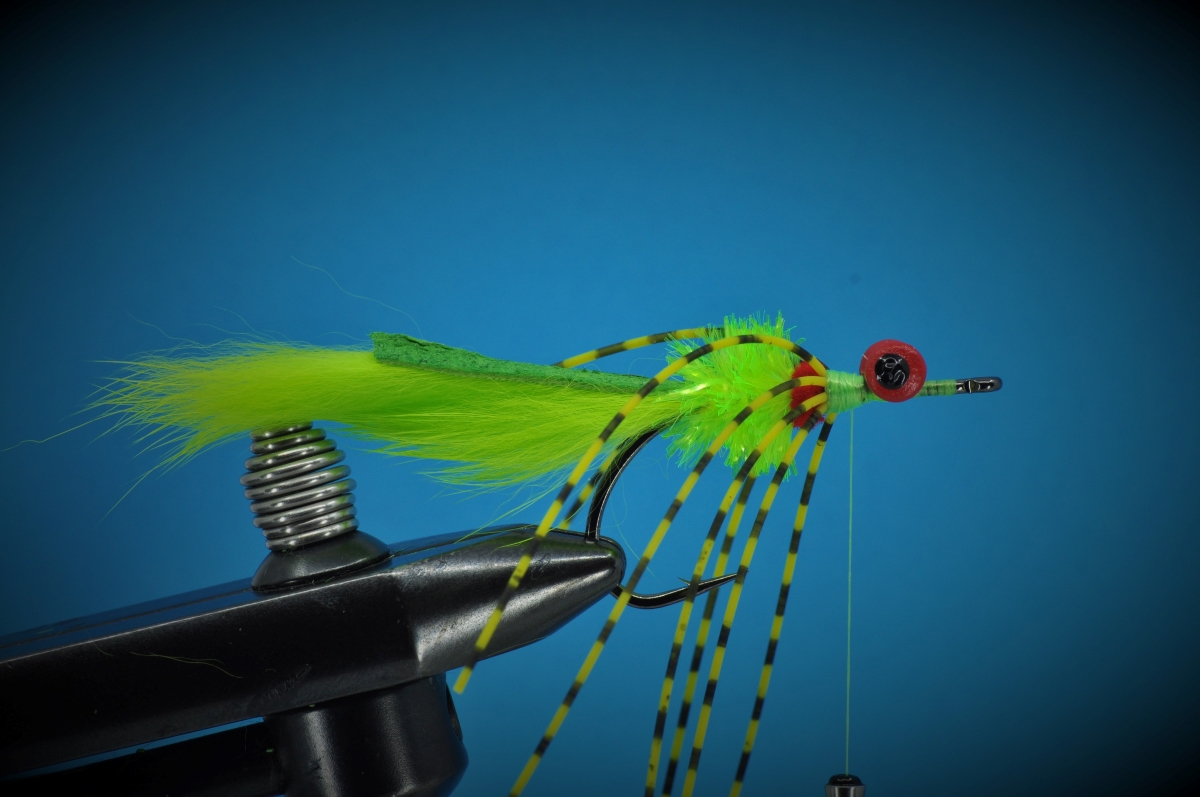

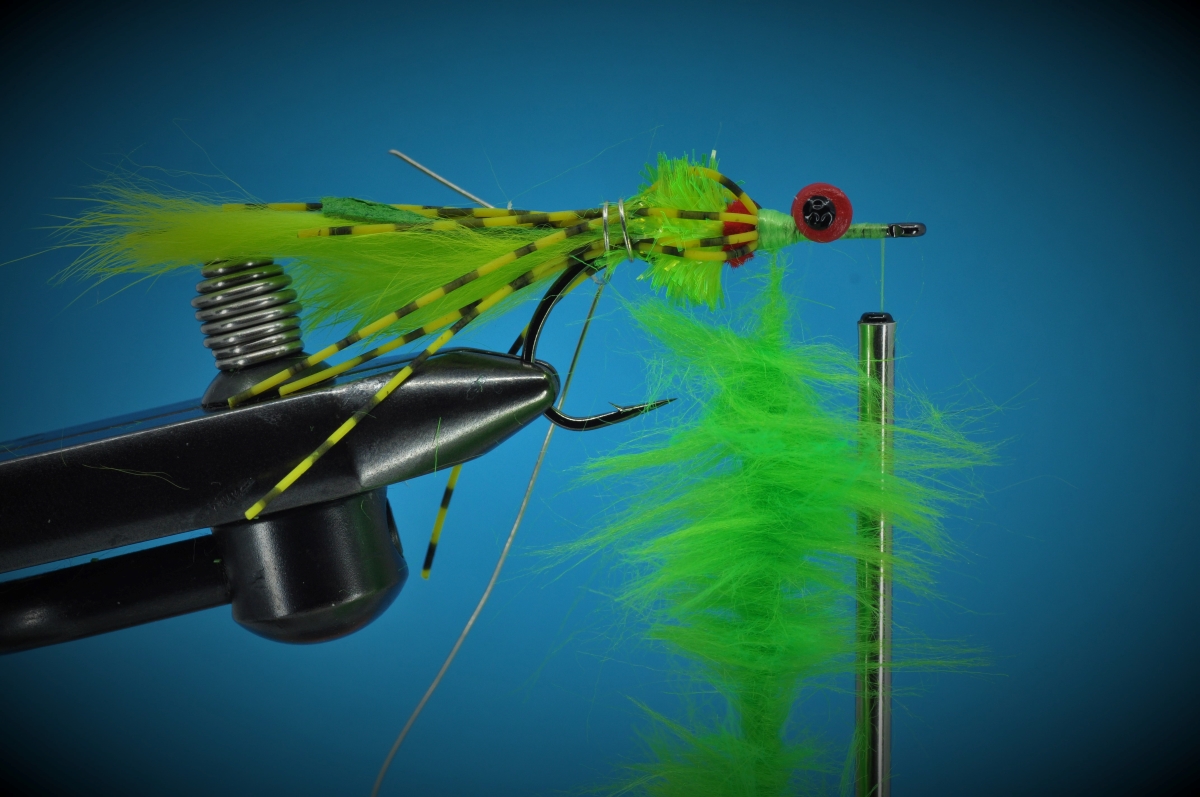
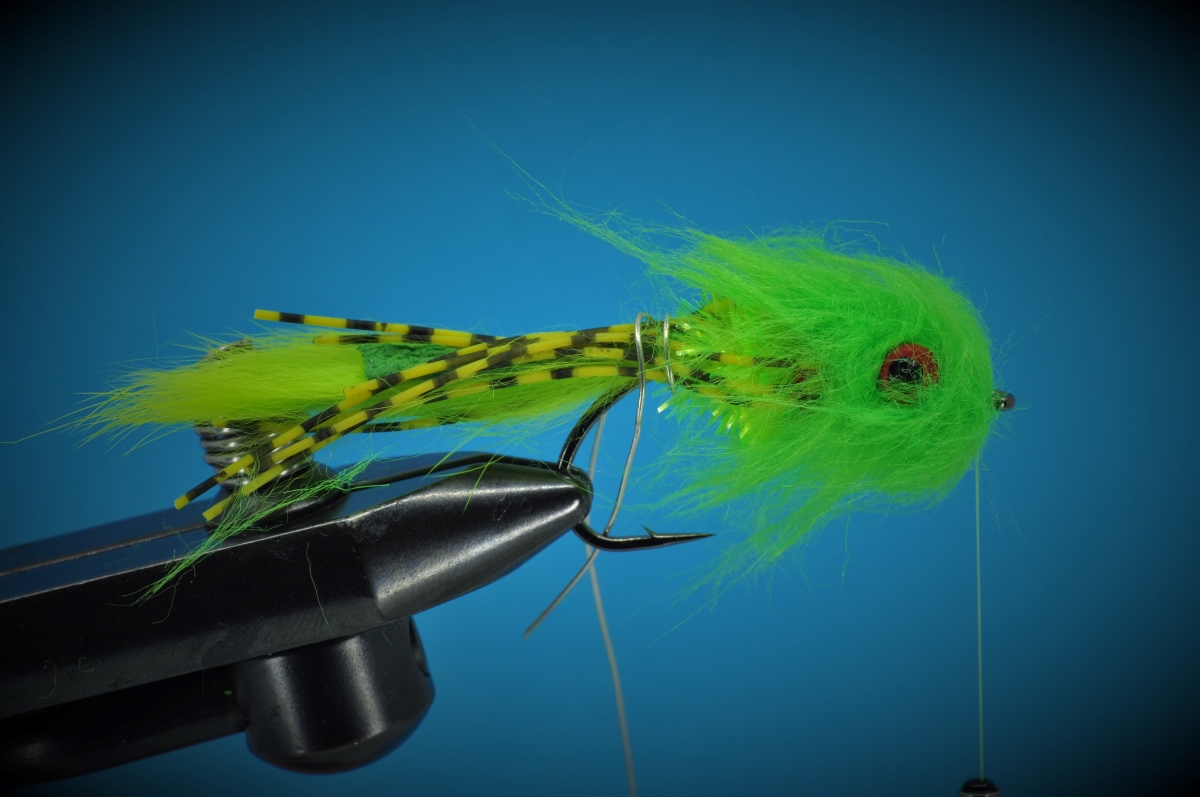


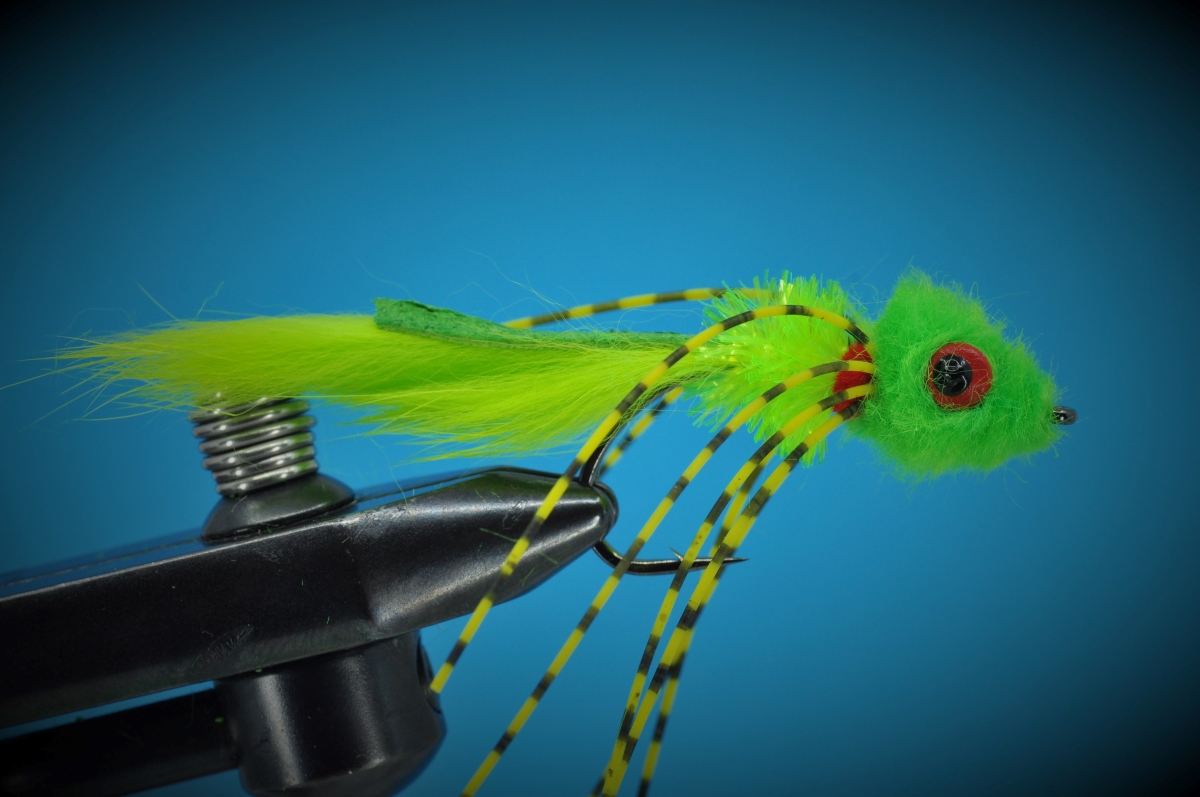
Tips and Tricks
- Substitutions – As is often the case, I’m more than willing to utilize substitutions when lacking a required material. In this case, I wasn’t actually aware I was utilizing such a substitution until I began preparing this post. More specifically, it turns out I’ve been subbing materials for the head since I first stumbled across this pattern as the originator of this pattern utilizes Sculpin Wool for the head. Not a craft fur dubbing loop. So…if you’d like to avoid the dubbing loop, simply tie in clumps of wool in front of and behind the dumbbell eyes. This dense head can be trimmed in a similar fashion.
- Color Selection – Don’t overthink color selection on this one. While chartreuse (as shown) is never a bad option, this fly is at heart the fly fishers equivalent of a bass jig. Take a look around your locally tackle shop and see what colors most jigs are sold in. Any combo available will likely do the trick.
- Leg Placement – Beyond serving as a hotspot, that little red clump of chenille mid-shank serves to help splay the flies rubber legs. For best effect, create small “ball” that will help push the legs away from the hook shank and add action in the water.
Proof of Concept
While a smaller (#4) black version of this fly has produced for me in the past, efforts to prove out this Chartreuse version shown were thwarted by the weather. A strong line of storms Tuesday followed by cool temps, high pressure and more wind the following day all but shut down my fishing for the week. My box is stocked, however, so check back soon. I have no doubt these will produce more than a few post-spawn largemouth as the spring weather stabilizes and temperatures rise.
Tight Line!
Chris

Species Caught on Bass Bully to Date:
Enjoy our Content?
Subscribe below to be notified anytime a new Step-by-Step is added.
Support our Content
Enjoy our content & want to help support our work? Consider clicking one of the Ads below the article if something catches your attention. Each click brings in a small bit of revenue to help offset the cost of maintaining & hosting this great site!



